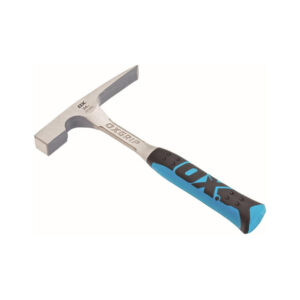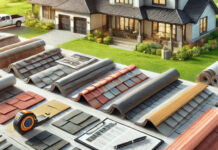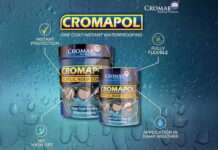Wood has been one of the most common housing materials for all of human history, but it is also one of the most temperamental. Wood is vulnerable to many different threats. For example, an infestation of termites or other similar insects can seriously compromise wood. If moisture affects wood it can lead to rotting (confusingly, both wet and dry rot require dampness). Mould can also build up in wood.
That’s why making sure wood is properly treated is so important. This has taken many different forms over the years, with both natural and solvent based oils for instance. If you are looking for a good all-around wood treatment to protect your house’s timber, something like Everbuild’s Triple Action Wood Treatment is ideal. Not only is it excellent for internal use, but can also be used externally if overcoated. Triple Action doesn’t just protect – it actively kills any currently present insects, fungi and mould. It’s both an active and a pro-active measure.
How to Apply Wood Treatment
This section is purely for how to apply our example treatment, Everbuild Triple Action. Different treatments might require different processes. Always read the technical and safety data guides for a product before using it. Everbuild Triple Action should not be used in eating areas. Neither should it have contact with roofing felt, bituminous substances, water storage tanks, roof insulation or plastics.
You will need:
- Safety gloves and safety goggles
- Disposable brushes
- Everbuild Triple Action Wood Preserver (1 litre per 3-4 sq metres of timber that needs to be covered).
- Cleaning cloth
- Overcoat (if used externally)
If there are any electric cables or the like that could be touched by the treatment they should be deactivated before treatment and left off for two days afterwards. It’s also advised to wipe down cables post-application.
Make sure to wipe down the timber before treating to get rid of the usual suspects – moss, grime, grease, debris, etc. You will also want to strip any current paint varnish. If any wood is already seriously damaged by decay you will have to remove and replace it.
Make sure the area is ventilated as possible. This will include making sure treated floorboards are left out to dry, for instance.
Put on your safety gear and use a disposable brush to apply a single, even coat to the timber. Cover the whole exposed area. Then wait for it to all dry and apply a second, even coat. You can tell it’s dried when it stops being milky and becomes totally clear. Both times pay special attention to the end grain and make sure it’s thoroughly soggy after each coat. You can use soap and water to clean up any spills. If any gets on your skin or in your eyes, wash immediately.

 OX Pro Brick Hammer - 24 oz
OX Pro Brick Hammer - 24 oz 



